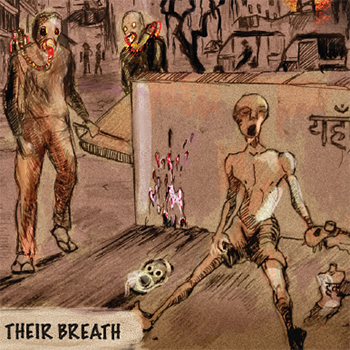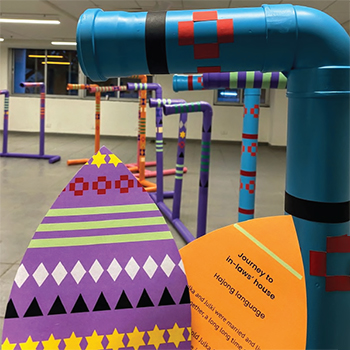North East India is known for its rich cultural heritage, and this is reflected in the diversity of its people. This region is home to a number of different ethnic groups and cultures, each with their own unique traditions and languages. However, today many of these languages face the risk of extinction—and therefore, intangible cultural elements strongly intertwined with language, like folktales or folk songs, face a similar risk. The Northeast region has around 220 languages. Assamese, an IndoAryan language, is widely spoken in the Brahmaputra Valley of Assam and is the main language of many communities. Nagamese and Nefamese, both Assamese-based pidgin, are spoken in Nagaland and Arunachal Pradesh, respectively. Bengali is also widely spoken in lower Assam and Tripura. Nepali is widely spoken in Sikkim. However, there are numerous endangered languages that are difficult to preserve because of the lack of a proper script or lack of concerted efforts. In 2003, UNESCO recognised the need for preserving a region’s intangible cultural heritage, manifested through oral traditions, performing arts, social practices, rituals and festivals, knowledge and practices regarding the nature of the universe, and traditional craftsmanship. As a consequence, the Convention for the Safeguarding of Intangible Cultural Heritage was adopted by UNESCO.


